Home>Furniture & Design>Outdoor Furniture>Why Outdoor Lights Not Working
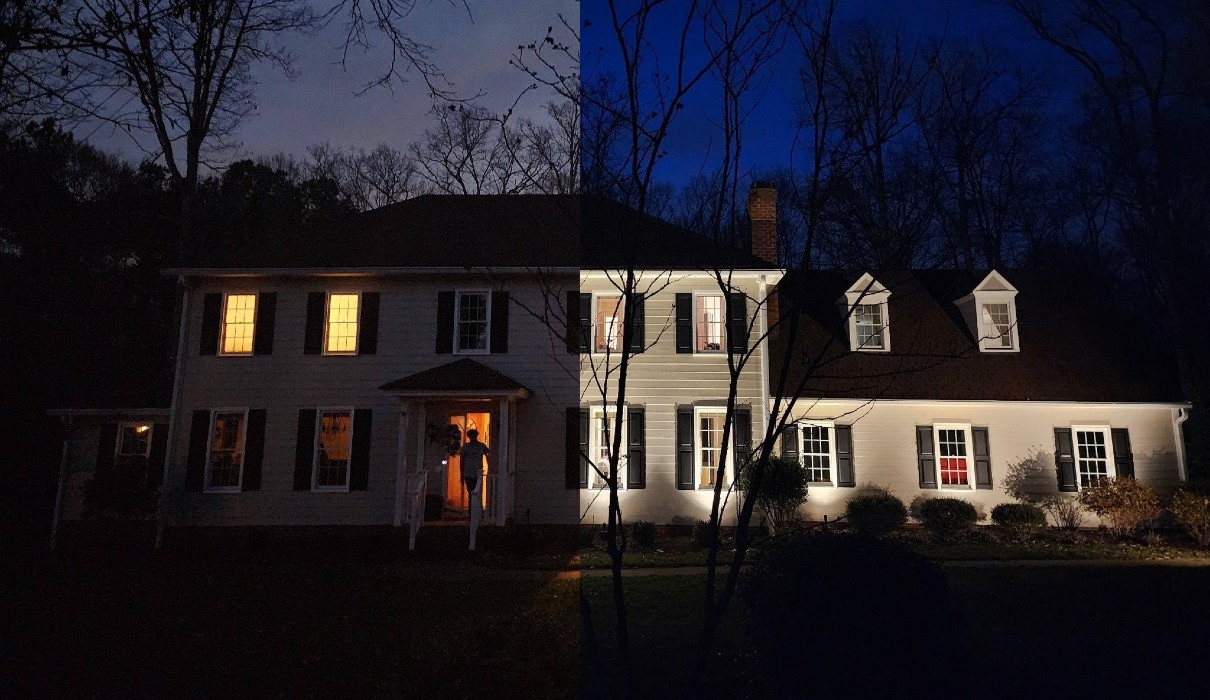

Outdoor Furniture
Why Outdoor Lights Not Working
Published: February 11, 2024
Discover the reasons why your outdoor lights are not working and learn how to troubleshoot them effectively. Get expert tips on maintaining your outdoor furniture and design.
(Many of the links in this article redirect to a specific reviewed product. Your purchase of these products through affiliate links helps to generate commission for Storables.com, at no extra cost. Learn more)
Introduction
When the sun sets and the stars begin to twinkle, outdoor lighting can transform your garden or patio into a magical oasis. However, there's nothing more frustrating than eagerly flipping the switch, only to find that your outdoor lights are not working. In such moments, it's essential to troubleshoot the issue and get your lights shining brightly once again.
Outdoor lighting serves multiple purposes, from enhancing the aesthetic appeal of your outdoor space to providing safety and security. Whether you have string lights adorning your pergola, pathway lights guiding the way, or a stunning outdoor chandelier illuminating your dining area, the malfunction of these fixtures can put a damper on your outdoor gatherings and curb appeal.
In this guide, we will delve into the common causes of outdoor lights not working, provide troubleshooting steps to identify the issue, and offer practical solutions to fix the problem. By the end, you'll be equipped with the knowledge and confidence to tackle any outdoor lighting issue that comes your way. So, grab your flashlight and let's shed some light on the matter!
Key Takeaways:
- Don’t let non-working outdoor lights dim your outdoor oasis. Troubleshoot power, wiring, and component issues to restore the enchanting glow and safety they provide.
- From power supply to bulb replacement, troubleshoot and fix outdoor lighting issues to keep your outdoor space magical and safe for gatherings and late-night stargazing.
Read more: Why Are My Outdoor String Lights Not Working
Common Causes of Outdoor Lights Not Working
When your outdoor lights fail to illuminate, several factors could be at play. Understanding these common causes can help you pinpoint the issue and take the necessary steps to restore your outdoor lighting system to its former glory.
- Power Supply Issues: One of the primary culprits behind non-functional outdoor lights is a disruption in the power supply. This could be due to a tripped circuit breaker, a blown fuse, or a disconnected power source. Additionally, if your lights are connected to a GFCI (Ground Fault Circuit Interrupter) outlet, a tripped GFCI could also be the reason for the malfunction.
- Wiring Problems: Faulty or damaged wiring can impede the flow of electricity to your outdoor lights, rendering them inoperable. Exposure to the elements, rodent damage, or improper installation could all contribute to wiring issues.
- Defective Bulbs: Over time, outdoor light bulbs can burn out or become damaged, leading to a lack of illumination. Inspect the bulbs for signs of blackening or a broken filament, as these are indicators of a faulty bulb.
- Moisture Infiltration: Outdoor environments are susceptible to moisture, and if water seeps into the electrical components of your lighting fixtures, it can cause corrosion and electrical shorts, resulting in non-functioning lights.
- Timer or Photocell Malfunction: If your outdoor lights are equipped with timers or photocells for automated operation, a malfunction in these components can disrupt the lighting schedule or prevent the lights from turning on altogether.
- Transformer Issues: For landscape lighting systems, a malfunctioning transformer can be the root cause of non-operational lights. Issues such as overheating, voltage fluctuations, or internal component failure can lead to a loss of power to the connected fixtures.
By familiarizing yourself with these common causes, you can begin the process of elimination to identify the specific issue affecting your outdoor lights. In the following section, we will explore troubleshooting steps to help you pinpoint the exact cause of the malfunction.
Troubleshooting Steps
When your outdoor lights refuse to shine, employing systematic troubleshooting techniques can help you narrow down the root cause of the issue. By following these steps, you can methodically assess different components of your lighting system to identify and rectify the problem.
- Check the Power Supply: Begin by ensuring that the power source for your outdoor lights is operational. Inspect circuit breakers, fuses, and GFCI outlets to rule out any power supply issues.
- Inspect the Wiring: Examine the wiring connecting your outdoor lights to the power source. Look for any signs of damage, wear, or exposure to the elements. Repair or replace any compromised wiring as needed.
- Test the Bulbs: Remove and inspect the bulbs in your lighting fixtures. Replace any burnt-out or damaged bulbs with new ones of the appropriate wattage and type.
- Address Moisture Concerns: Check for signs of moisture infiltration in your lighting fixtures and wiring. Seal any entry points and consider using weatherproofing techniques to protect the electrical components from moisture damage.
- Evaluate Timers and Photocells: If your lights are equipped with timers or photocells, assess their functionality. Ensure that the settings are configured correctly and that these components are operating as intended.
- Assess the Transformer: For landscape lighting systems, inspect the transformer for any signs of malfunction. Test the output voltage and address any overheating or irregularities in its operation.
By systematically addressing each of these potential areas of concern, you can home in on the specific cause of your outdoor lights not working. Once you’ve identified the root issue, you can move on to implementing the necessary fixes to restore your outdoor lighting system to optimal functionality.
Check the power source and connections first. Ensure the outlet is working and the connections are secure. If the problem persists, consider replacing the bulbs or contacting a professional for further inspection.
Fixing the Problem
Once you’ve identified the underlying cause of your outdoor lights not working, it’s time to implement the appropriate solutions to rectify the issue. Depending on the specific problem at hand, the following actions can help restore your outdoor lighting system to full operation.
- Resetting the Power Source: If a tripped circuit breaker or a GFCI interruption was the culprit, resetting the power source can often resolve the issue. Ensure that the power supply is restored and test the lights to confirm functionality.
- Repairing or Replacing Wiring: Address any wiring issues by repairing damaged sections or replacing the wiring altogether. Properly insulate and protect the wiring to prevent future damage from environmental factors.
- Replacing Faulty Bulbs: Install new, functioning bulbs in your lighting fixtures to restore illumination. Be sure to use bulbs that are compatible with the fixture and meet the recommended specifications.
- Weatherproofing and Sealing: Apply weatherproofing measures to protect your lighting fixtures and wiring from moisture infiltration. Seal any gaps or entry points that could allow water to compromise the electrical components.
- Adjusting Timers and Photocells: Verify the settings on your timers and photocells, ensuring that they are configured correctly for your desired lighting schedule. Replace malfunctioning components if necessary.
- Addressing Transformer Issues: If the transformer is the source of the problem, consider consulting a professional to repair or replace the unit. Ensure that the transformer is properly sized and functioning within its specified parameters.
By taking these targeted actions, you can effectively address the specific issues affecting your outdoor lighting system and restore its functionality. Remember to prioritize safety when working with electrical components and, when in doubt, seek the expertise of a qualified electrician or lighting specialist to assist with complex repairs or replacements.
With the problem resolved and your outdoor lights once again casting a warm glow over your outdoor space, you can fully appreciate the beauty and functionality that well-designed outdoor lighting brings to your home.
Conclusion
Outdoor lighting adds a touch of enchantment and practicality to your outdoor living spaces, elevating the ambiance and functionality of your home. When faced with the frustration of non-operational outdoor lights, understanding the common causes and troubleshooting steps can empower you to overcome these challenges and restore the luminous charm of your outdoor environment.
By recognizing potential issues such as power supply disruptions, wiring problems, bulb failures, moisture infiltration, and component malfunctions, you can methodically diagnose and address the root cause of your outdoor lights not working. Through diligent troubleshooting and targeted solutions, you can breathe new life into your outdoor lighting system, ensuring that it continues to enhance your outdoor experiences for years to come.
As you navigate the process of identifying and fixing outdoor lighting issues, remember the importance of safety and precision when working with electrical components. When in doubt, don’t hesitate to seek professional assistance to ensure the proper functioning and longevity of your outdoor lighting system.
With your outdoor lights shining brightly once again, you can relish the captivating allure and practical benefits they bring to your outdoor gatherings, late-night conversations, and tranquil moments under the stars. Let the gentle glow of your outdoor lights serve as a beacon, guiding you and your guests through evenings filled with warmth and wonder.
Embrace the transformative power of outdoor lighting, and revel in the magical allure it bestows upon your outdoor sanctuary.
Frequently Asked Questions about Why Outdoor Lights Not Working
Was this page helpful?
At Storables.com, we guarantee accurate and reliable information. Our content, validated by Expert Board Contributors, is crafted following stringent Editorial Policies. We're committed to providing you with well-researched, expert-backed insights for all your informational needs.
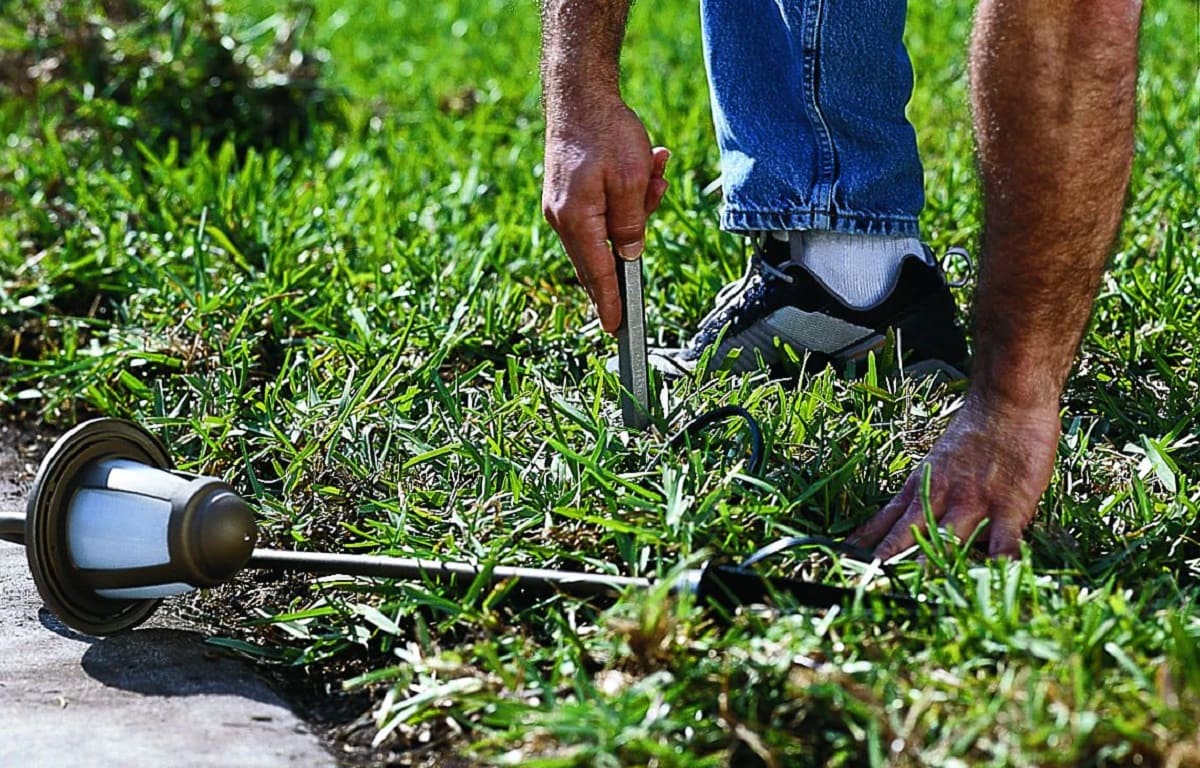
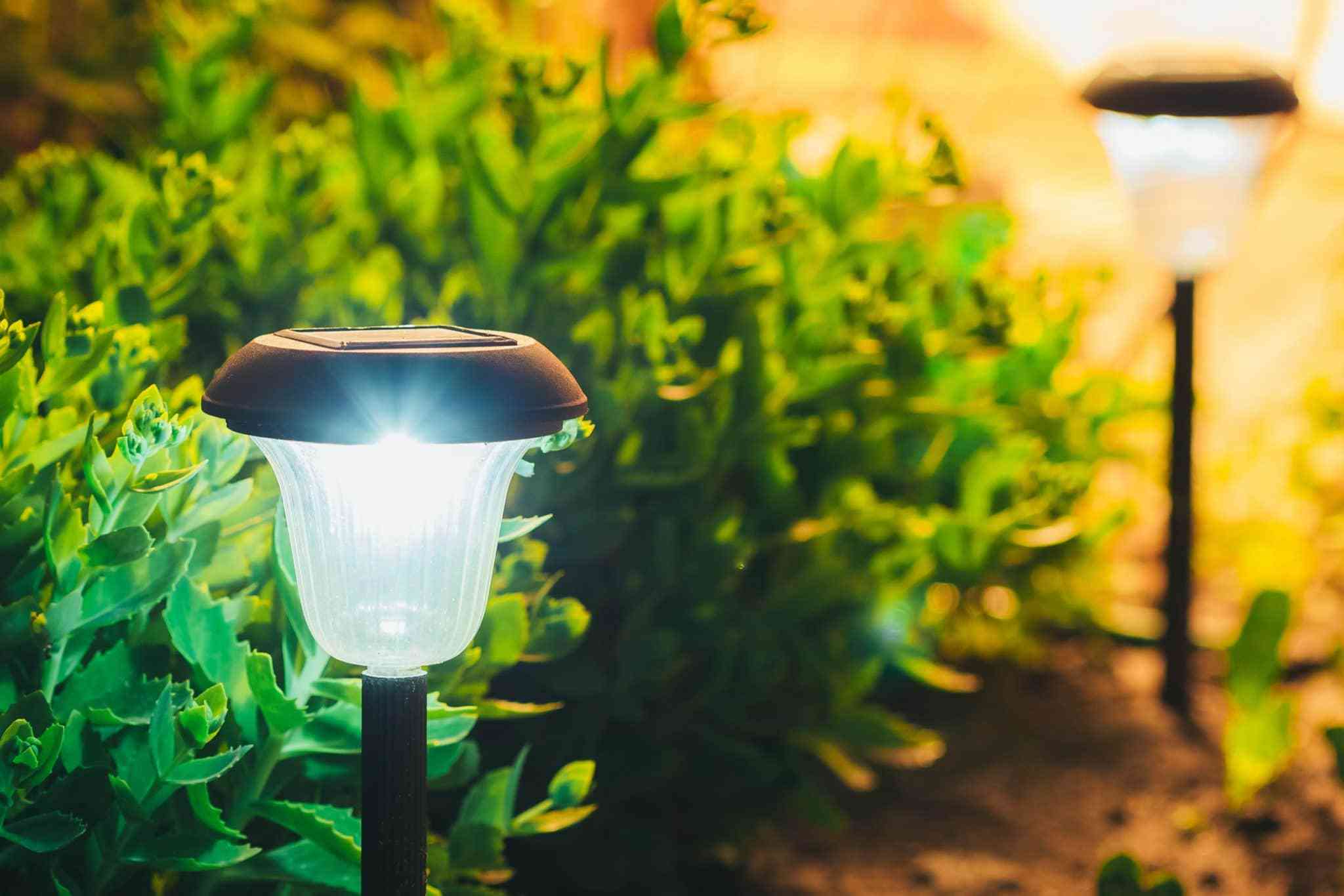
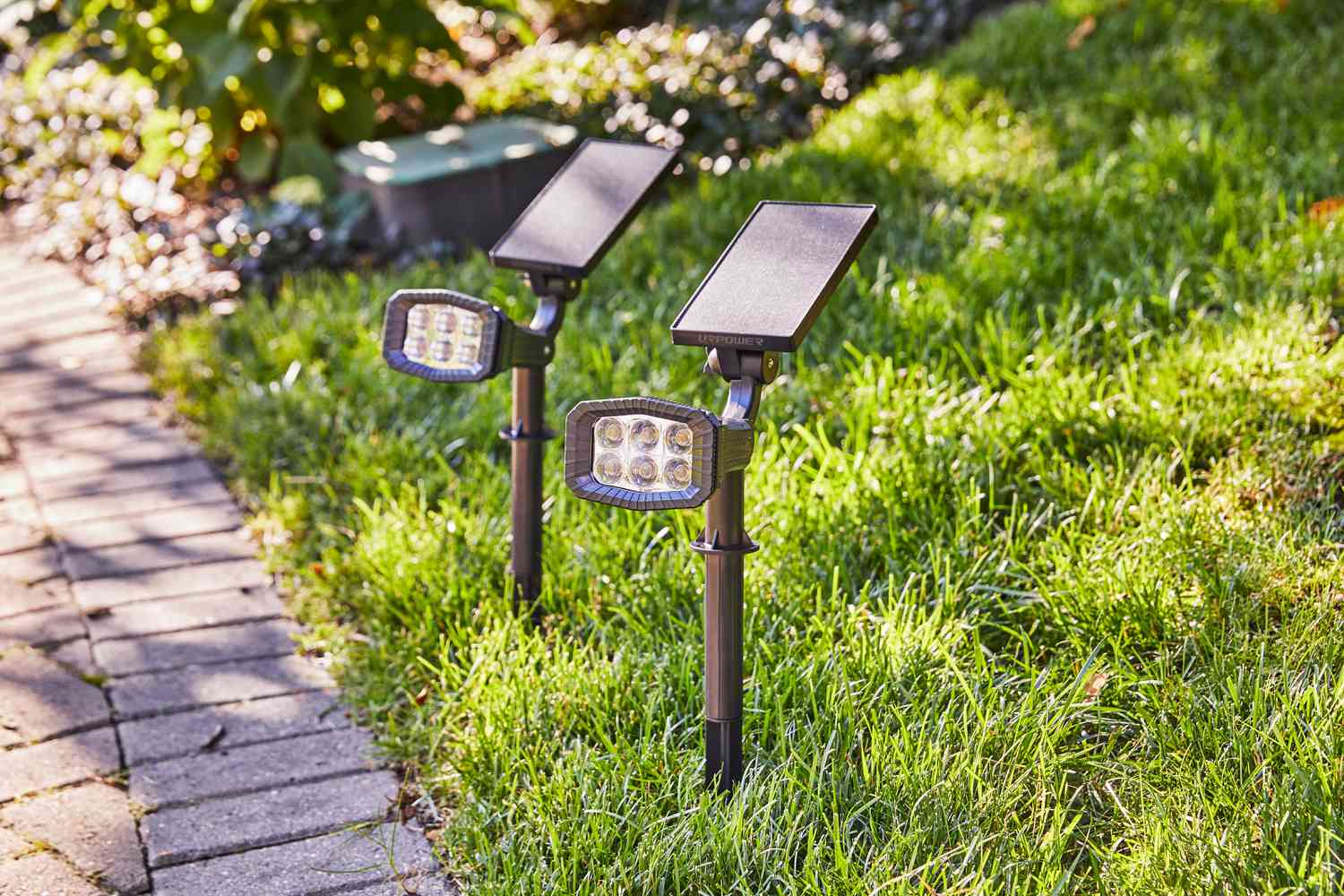
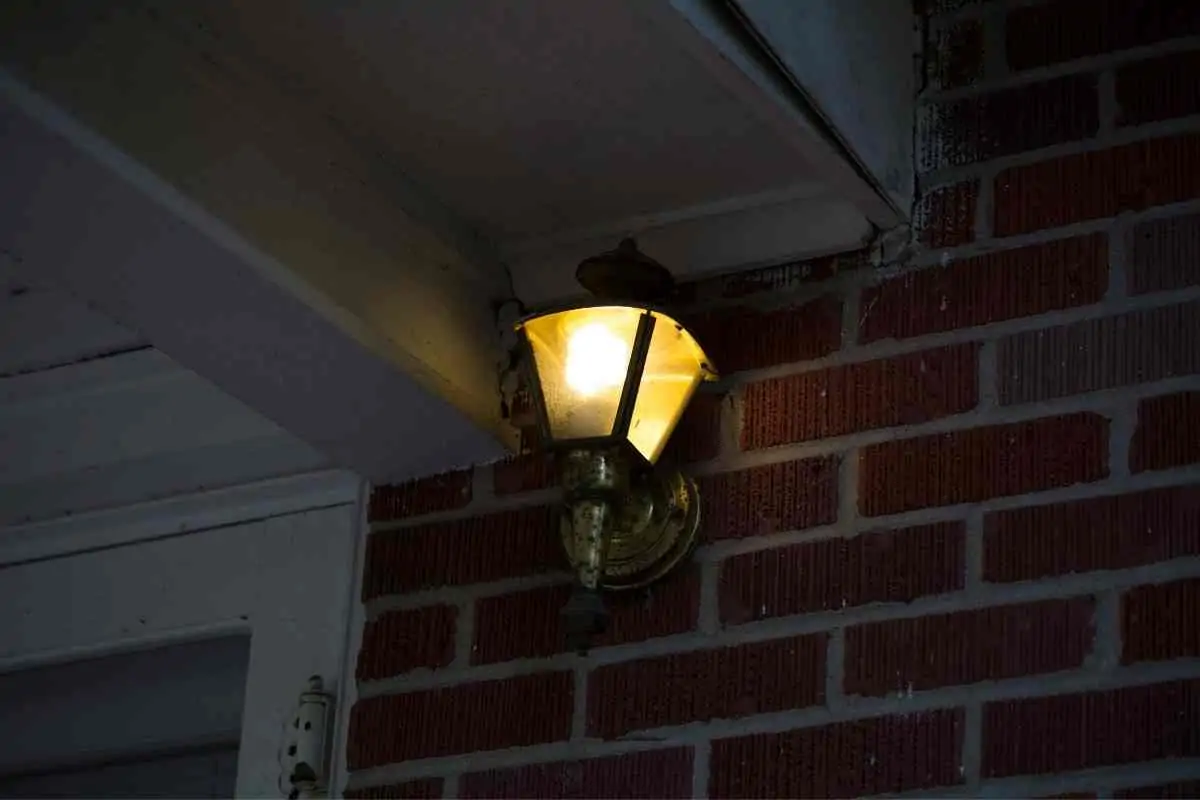
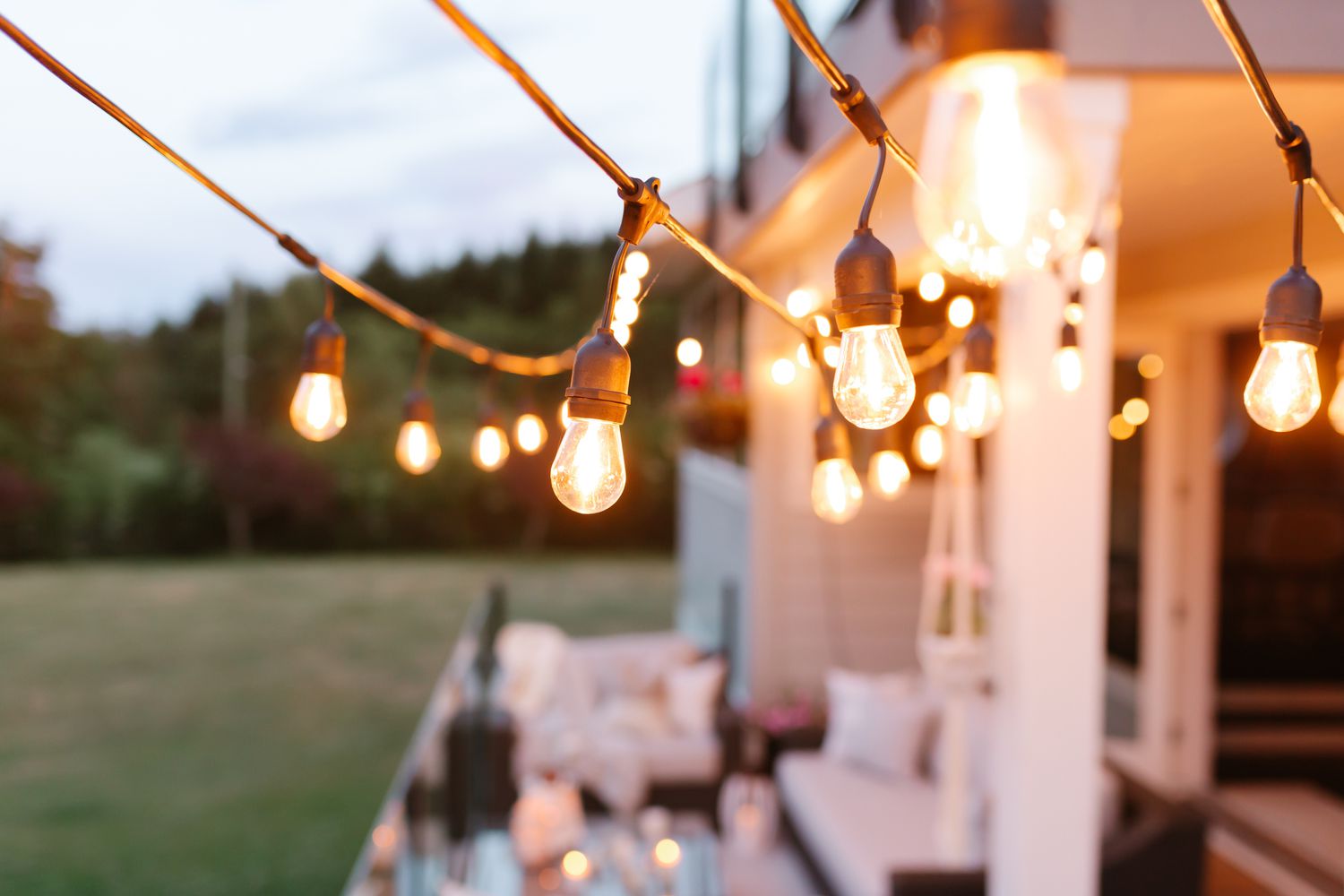
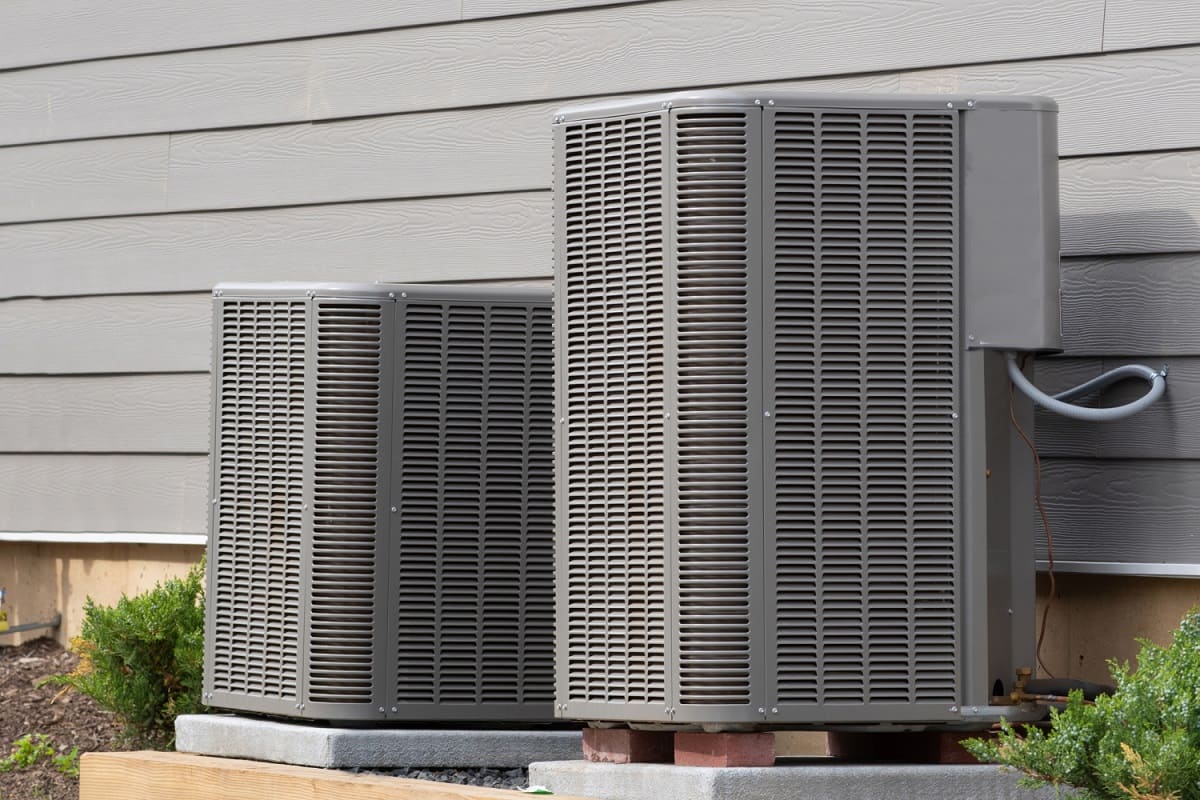
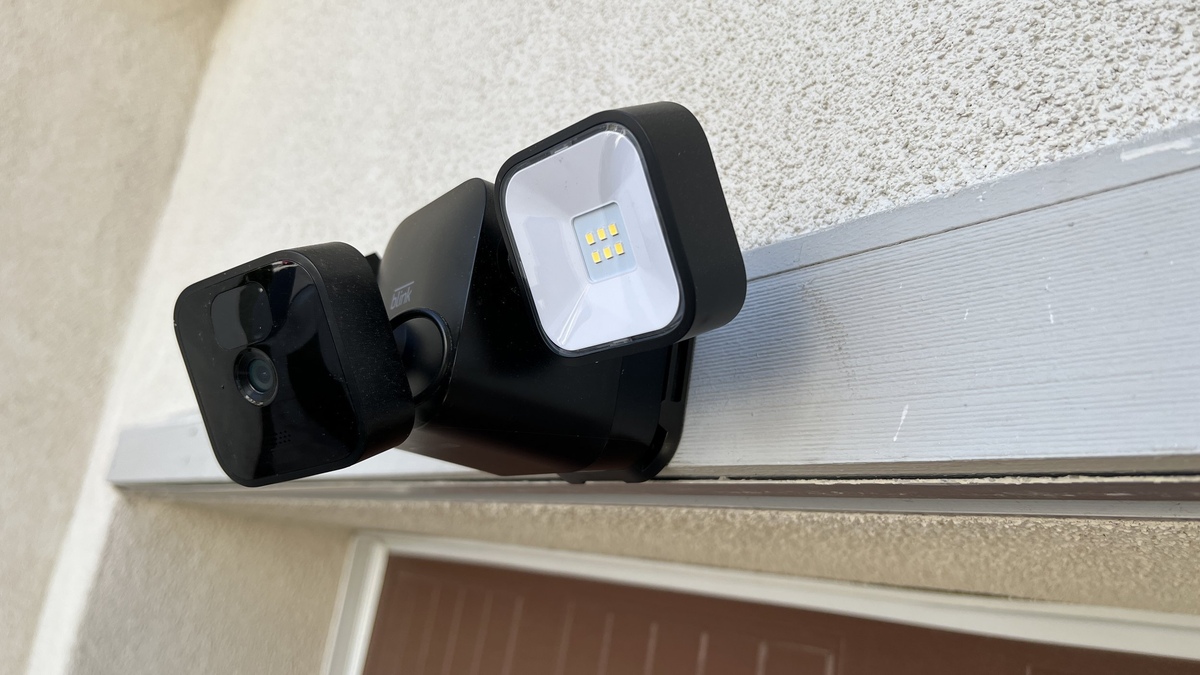
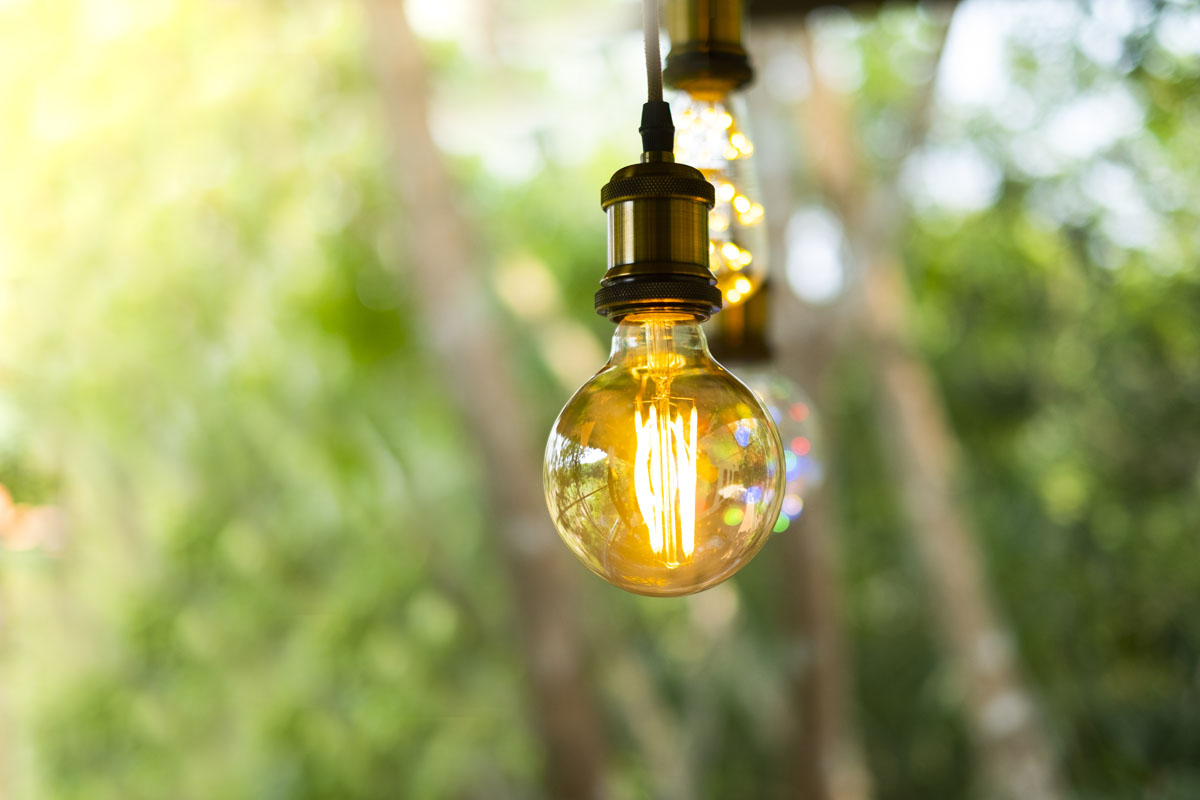
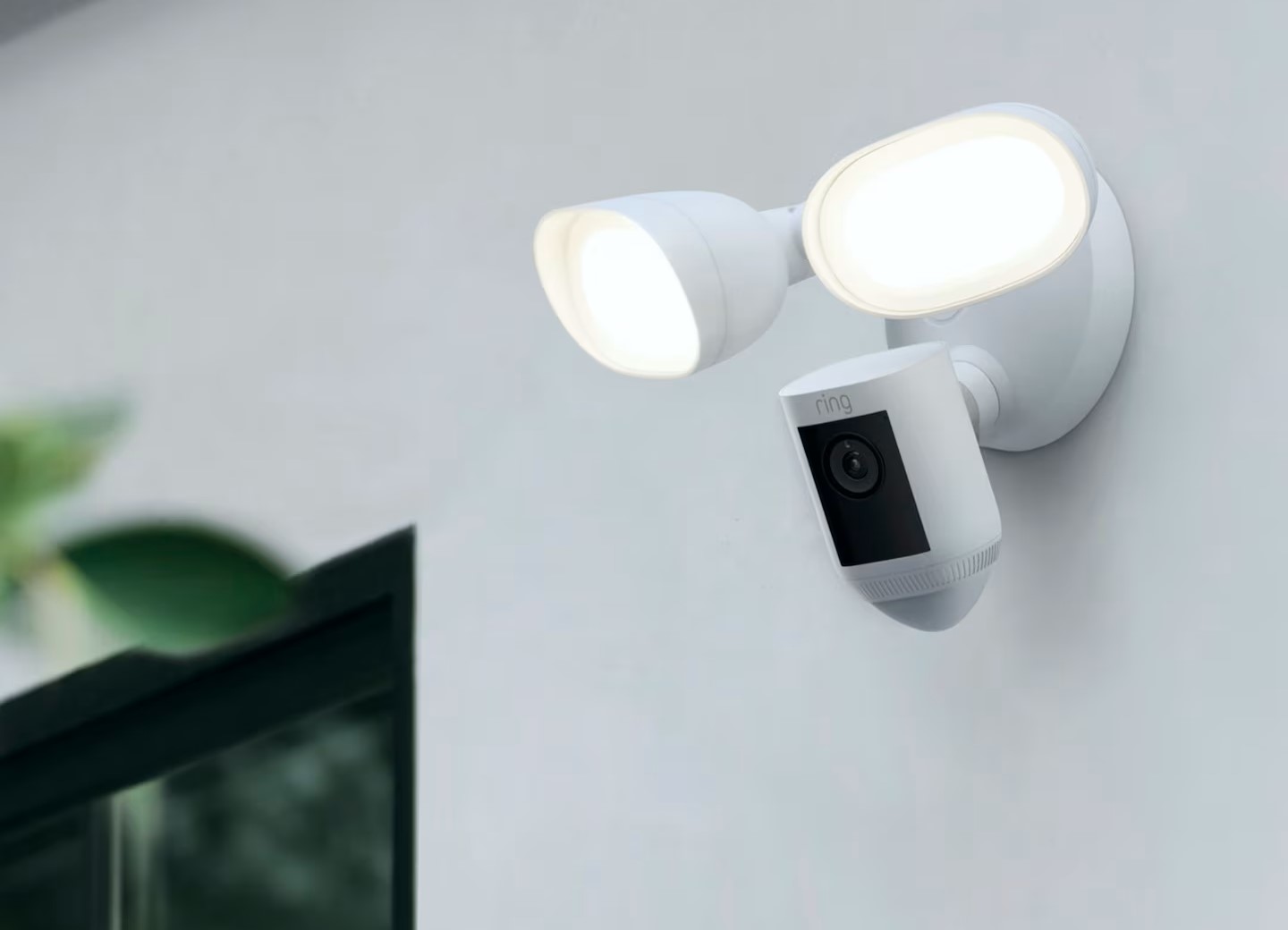
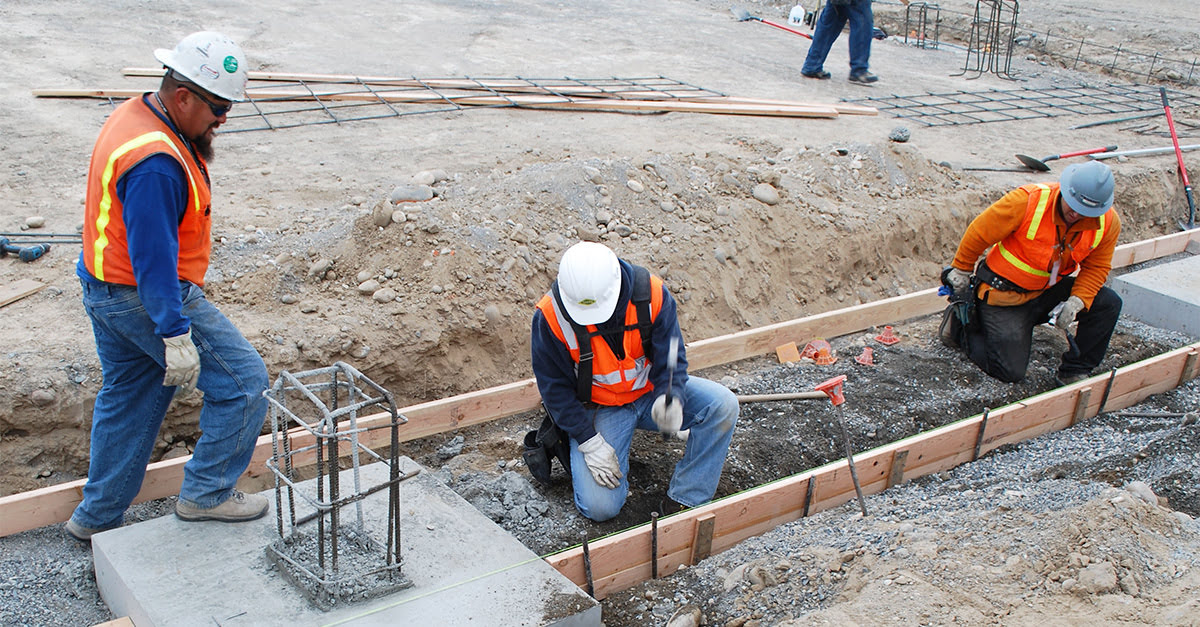
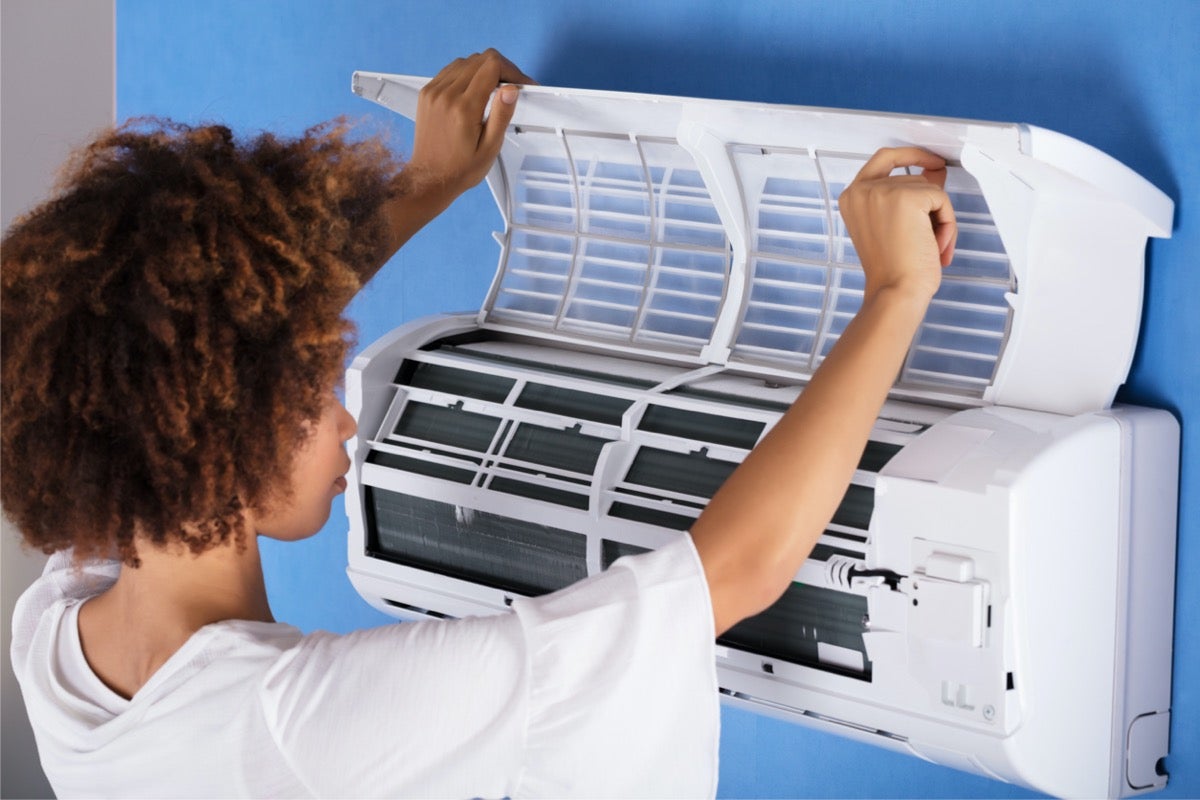

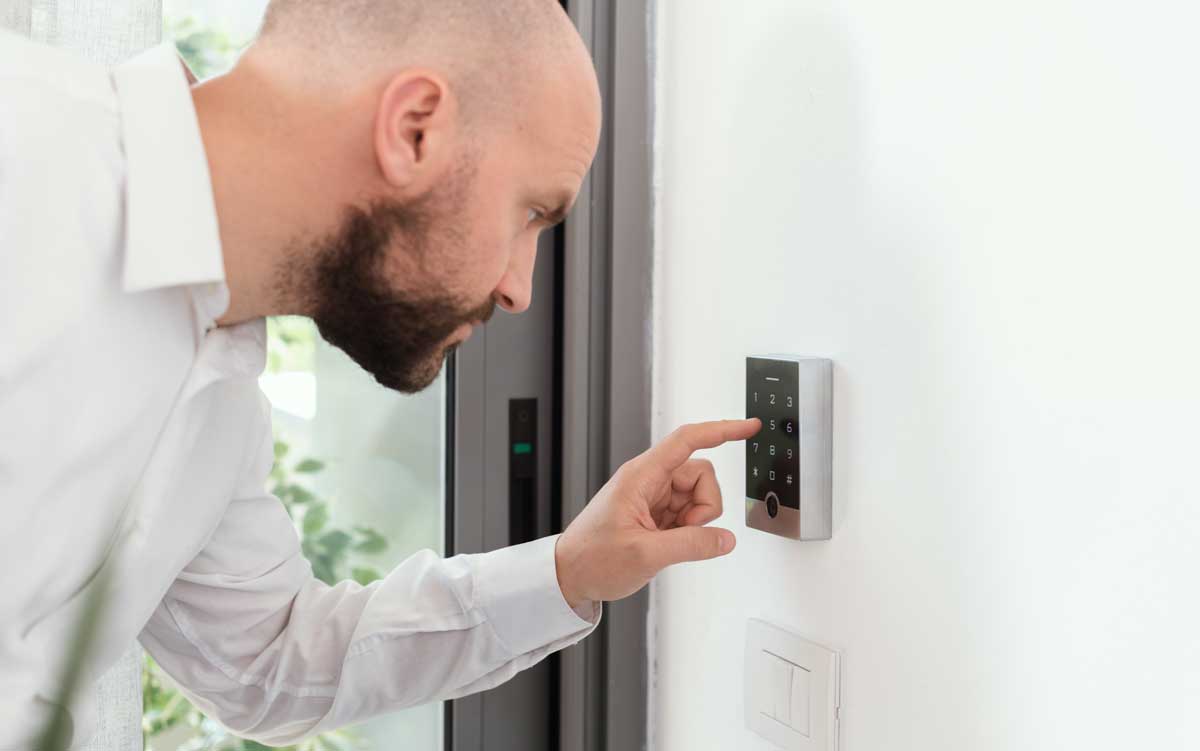
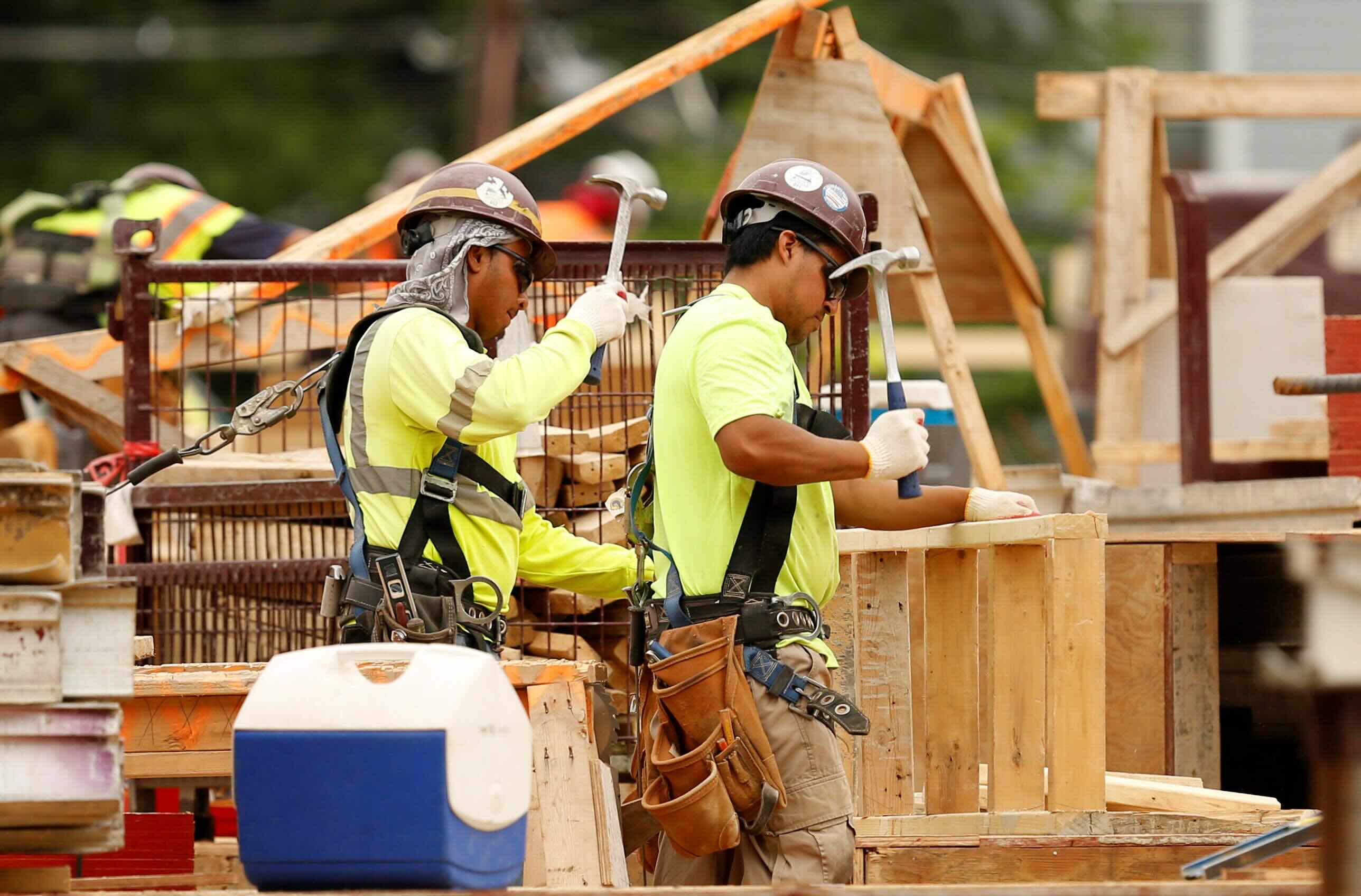
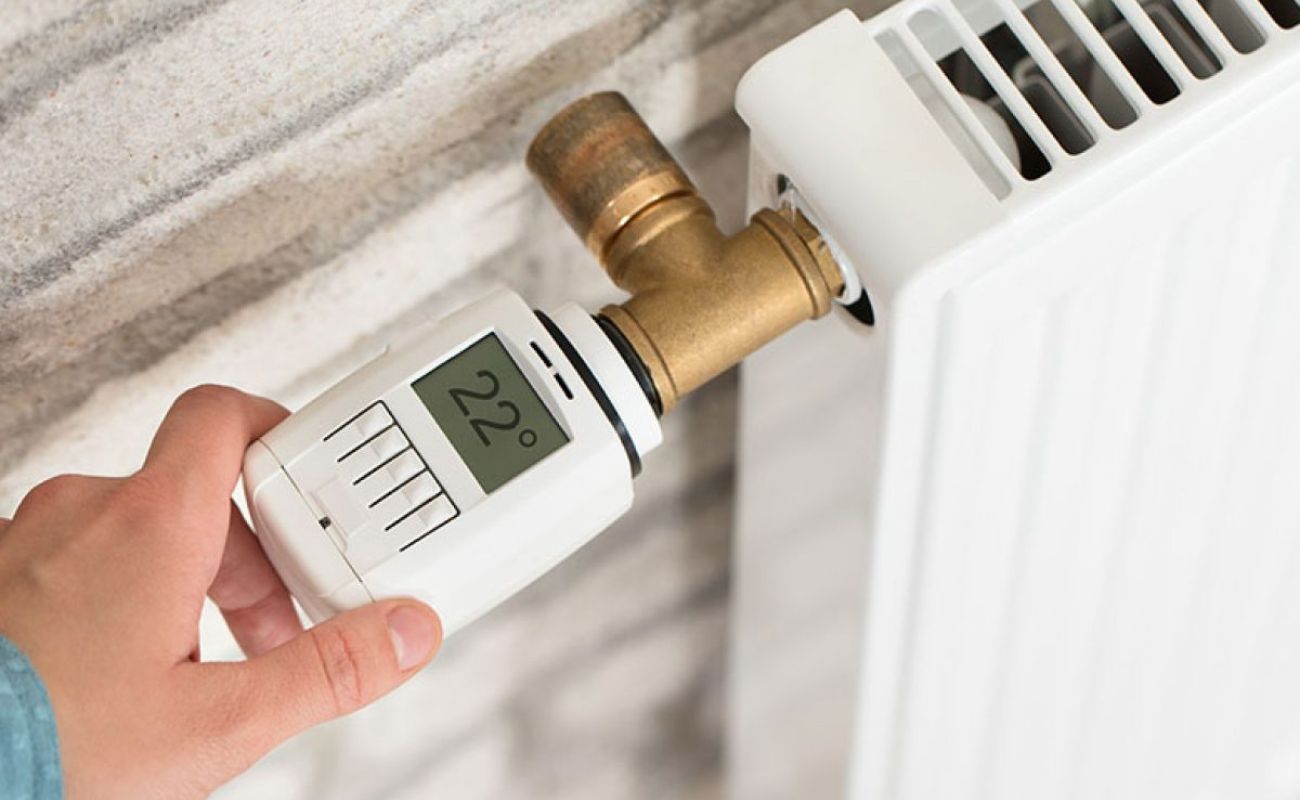

0 thoughts on “Why Outdoor Lights Not Working”